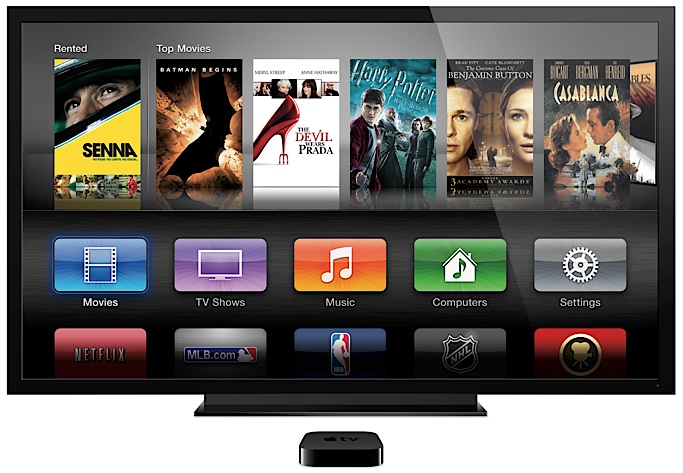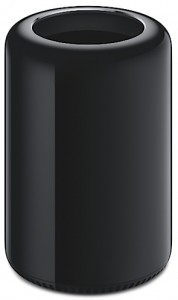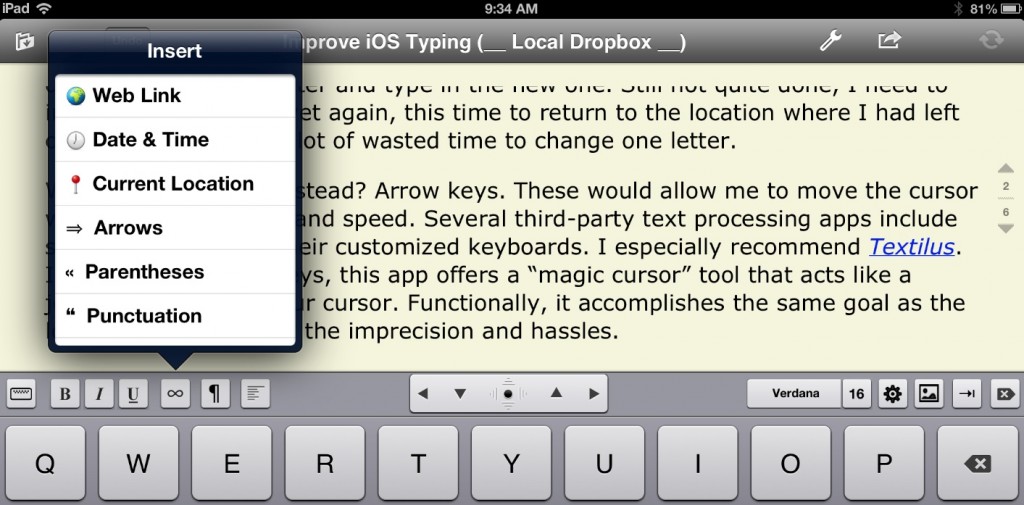What happens at WWDC, stays at WWDC. At least that’s what Apple warns its attendees.
Prominently displayed at several locations in Moscone Center during WWDC week were signs stating in no uncertain terms that all sessions, labs and everything else at WWDC — with the exception of the keynote — were confidential. Attendees were bound by an non-disclosure agreement (NDA) to say nothing publicly about any of it. Not to a reporter. Not in a blog. Not on a cloud. Not in a fog.
At first blush, this seems quite reasonable. Apple’s WWDC sessions and labs go into unpublished and publicly unannounced details about the workings of its future products. This year, this meant primarily iOS 7 and OS X 10.9 Mavericks. Apple provides this information to developers so that they can update their apps in time for the release of the forthcoming OS versions. For everyone else, Apple wants the information to remain confidential — until the release date of the software.
That would all be fine except for one thing. The supposed confidential information isn’t confidential. Apple makes it freely available to everyone. And I mean everyone.
Yes, you too can access all the videos from the WWDC sessions as well as all other pre-release developer documentation. All you need to do is register as an Apple developer. There are no prerequisites, no qualifications and no cost for obtaining this status.
If you are willing to spend $99 to join a developer program, you additionally get access to beta versions of upcoming software. Again, anyone with $99 can do this. Journalists, bloggers, even engineers from competing companies. There are no restrictions.
So what’s the point of holding developers to an NDA for this material? If everyone on Earth can obtain the information, with Apple’s permission, in what sense does it make sense to call it “confidential”? As far as I can tell, the answer is “in no sense.”
Okay, I can see one potential basis for a legitimate case here. While anyone can legally acquire Apple’s confidential information by becoming a developer, they remain restricted from writing or talking about it. This, in theory, limits the public distribution of the information. As most people will never bother to register as a developer, most people would never find out about the NDA-restricted material.
The problem with this case is that it doesn’t work in reality. Once non-developers get access to the information, often by registering to be a developer, at least some of them wind up writing about it or telling others who then write about it — NDA or not. And the rest of the media wind up linking to those articles. In the end, everyone winds up with access to the supposed confidential everyone.
Perhaps if Apple threatened or carried out legal actions against such violations, people under the NDA would be reluctant to make these disclosures. This hasn’t happened, at least not in many years. Without even a half-hearted pretense of such a threat, the NDA has no teeth. While many developers may honor it, the information leaks out anyway. So, again I ask, what’s the point?
Perhaps you’re thinking: Apple may be protecting confidential information that can get exchanged between Apple employees and developers during WWDC. Doubtful. Apple employees are well trained to know what they can and cannot say. It would be rare for an Apple employee to spill the beans on anything Apple really wanted kept secret.
Making things more difficult, there is often a blurry line between what is okay to talk about, because it was covered in the keynote or on Apple webpages that preview forthcoming products, and what is not okay.
Even the OS beta software is hardly kept under wraps. Apple actually provides the beta software to selected media. For example, you may have noticed that Macworld is running a series of “Hands on with Mavericks” articles by Jason Snell. Snell is using a beta copy of Mavericks that Apple provided without any NDA or other restrictions attached. This permission was presumably granted because Apple recognizes that it gets more benefit from the free publicity than it risks harm from the information being exposed.
Once Macworld (and similarly Apple-favored sites) can write about working with these beta versions, the cat is certainly out of the bag. I see no point in Apple maintaining NDA restrictions for “the rest of us.”
Bottom line
I’m not saying that all Apple confidentiality restrictions should be eliminated. There are times when they are appropriate. For example, in the months prior to WWDC, Apple seeded a few Mac Pros to developers for testing. These people were under an NDA not to reveal anything about these machines. Totally understandable. And the NDA worked, primarily because very few people had such access — and because I’m sure Apple made it clear that there would be serious sanctions for violations.
Apple’s general restrictions surrounding material released at WWDC, however, have become almost meaningless. Really, the same can be said about any information that can be accessed simply by registering for free developer status — as well as for beta OS software. Maybe there was a time, years ago, when these restrictions made sense. That time has passed.
Apple is already unofficially behaving as if the NDA hardly matters here. The end result is about the same as if Apple abandoned these restrictions. About the same that is for everyone except the people caught in the middle — the developers and journalists who want to do the “right” thing even when it seems as if everyone else, including Apple, does not care.
I am not optimistic that Apple will change its official policies any time soon. Secrecy is so much a part of Apple’s DNA that I imagine it’s very hard for them to pivot on this matter. Still, this year’s WWDC announcements remind us that Apple retains the capacity to surprise us with big changes. So I maintain a glimmer of hope that Apple may eventually drop, or at least significantly curtail, these unenforced and largely unnecessary NDA restrictions.



